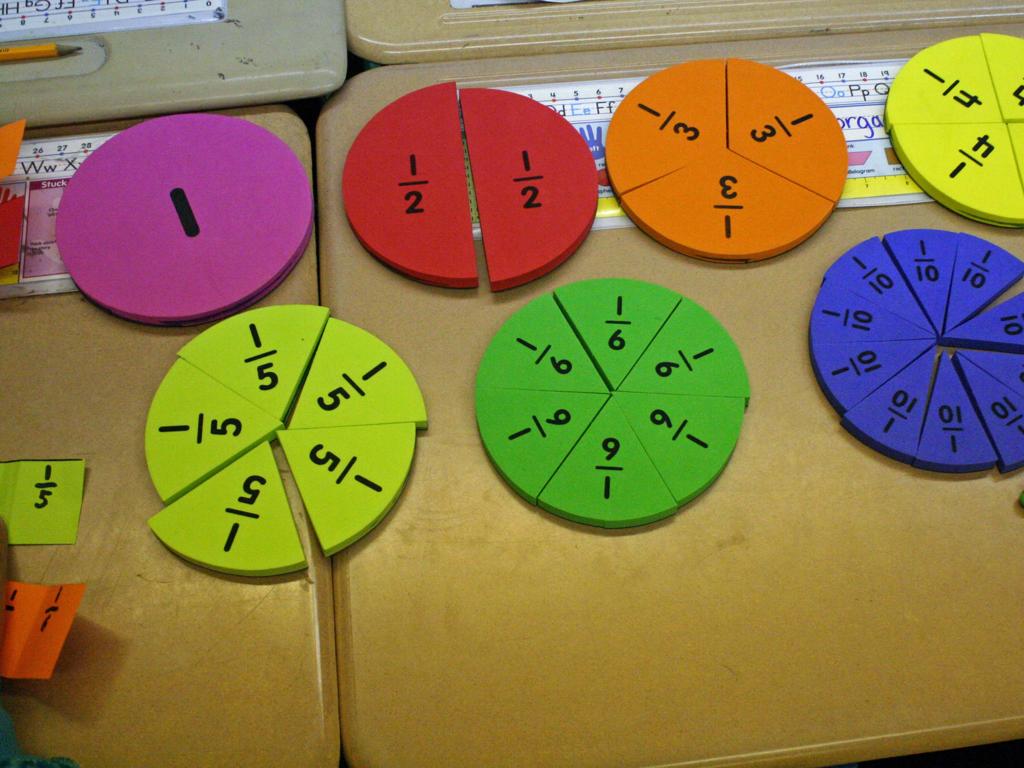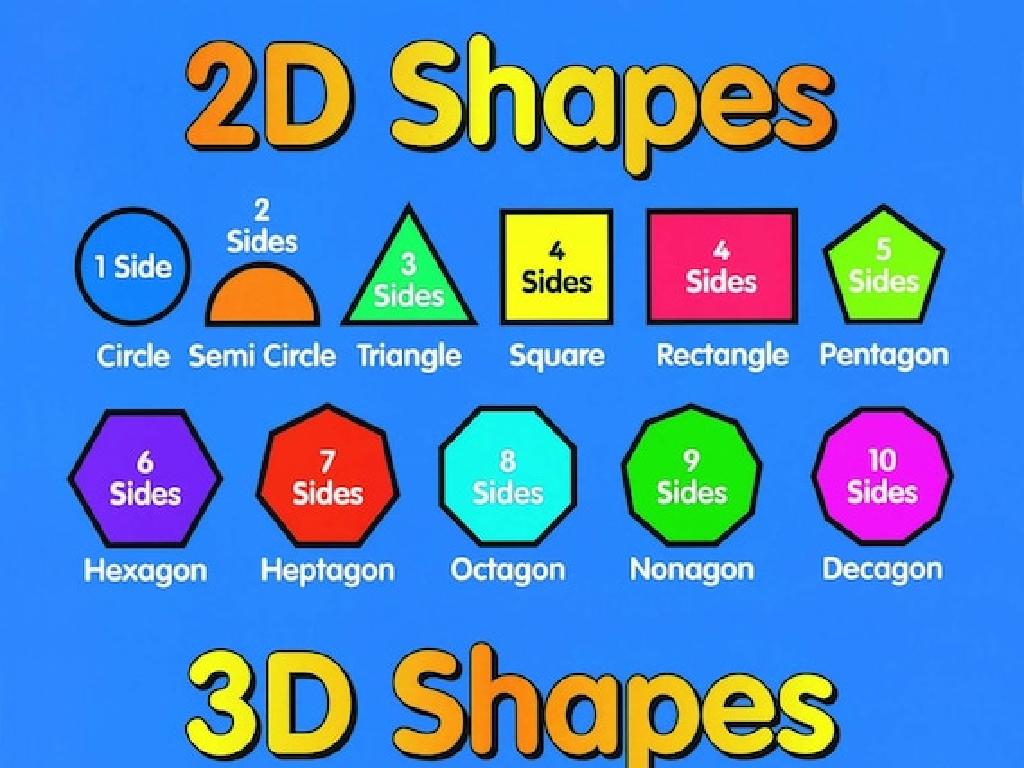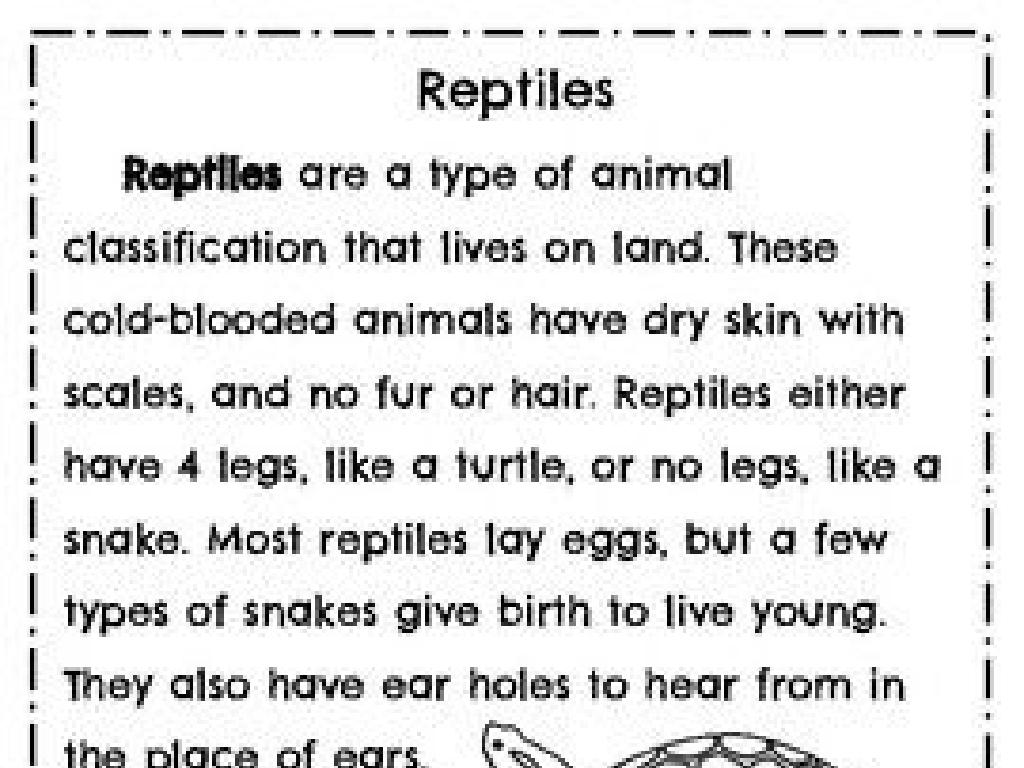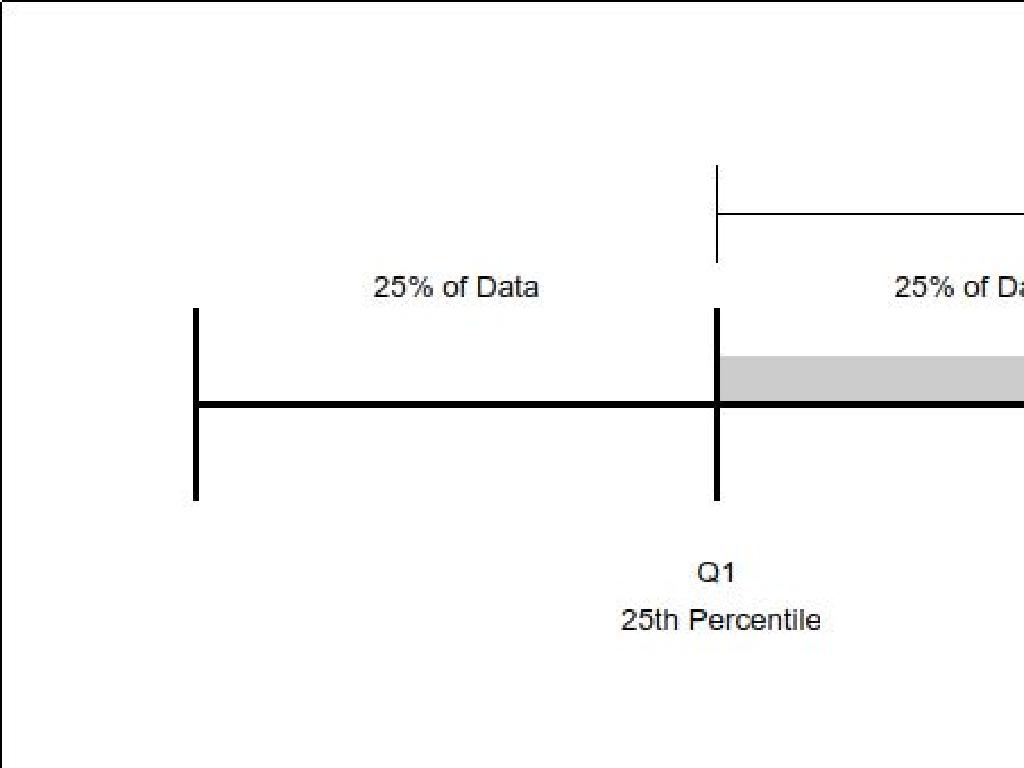Distance Between Two Points
Subject: Math
Grade: Sixth grade
Topic: Coordinate Plane
Please LOG IN to download the presentation. Access is available to registered users only.
View More Content
Welcome to Coordinate Planes!
– Explore the coordinate plane
– A flat surface with two number lines: the X axis and Y axis.
– Learn about X and Y axes
– The X axis is horizontal, Y axis is vertical.
– Locating points on the plane
– Use ordered pairs (x, y) to describe exact positions.
– Practice with coordinates
|
This slide introduces students to the fundamental concept of the coordinate plane, which is essential for understanding how to navigate through two-dimensional space in math. Start by explaining the coordinate plane as a flat surface that extends infinitely in all directions, made up of two perpendicular lines called axes. The horizontal line is the X axis, and the vertical line is the Y axis. Each point on the plane is defined by an ordered pair of numbers, known as coordinates, which indicate its position relative to the two axes. Emphasize that the first number in the pair corresponds to the position on the X axis, and the second number corresponds to the position on the Y axis. Encourage students to practice by plotting points on the plane using given coordinates and finding the coordinates of given points.
Plotting Points on the Coordinate Plane
– Plot points using coordinates (x, y)
– Group activity: Practice plotting
– We’ll plot points as a class on graph paper
– Recognize points in quadrants
– Each quadrant has a unique combination of positive and negative values
– Understand quadrant characteristics
– Quadrant I: (+,+), II: (-,+), III: (-,-), IV: (+,-)
|
This slide introduces students to the basics of plotting points on a coordinate plane. Start by explaining the concept of coordinates and how each point is represented by an (x, y) pair. Engage the class in a hands-on activity where they plot given points on graph paper to reinforce learning. Discuss the layout of the coordinate plane, including the x-axis, y-axis, and the four quadrants. Highlight how the sign of the coordinates changes from quadrant to quadrant. This foundational knowledge is crucial for understanding how to locate points and will be built upon in future lessons on graphing and geometry.
Understanding Distance on the Coordinate Plane
– Distance: What is it?
– Distance is the length between two points.
– Measuring straight line distance
– Use a ruler to measure the length directly.
– Coordinate plane and distance
– Plot points on the grid and use units to measure.
– Practical application of distance
– Apply this to real-world scenarios, like maps.
|
This slide introduces the concept of distance in the context of mathematics and its representation on the coordinate plane. Begin by defining distance as the amount of space between two points. Explain that in a straight line, distance can be measured using tools like a ruler. Then, show how the coordinate plane allows us to measure distance in a more abstract way, using the grid to count units between points. Emphasize the practicality of this skill by relating it to everyday tasks, such as navigating using a map, where understanding distance is crucial. Encourage students to think of other situations where measuring distance is important.
Calculating Distance on the Coordinate Plane
– Introduce the Distance Formula
– It’s used to find the length between two points
– Distance Formula breakdown
– Distance = [(x2 – x1)² + (y2 – y1)²] shows how far apart points are
– Significance of each part
– (x1, y1) and (x2, y2) are coordinates; is the square root
– Practical application
– Use this formula to solve real-world problems
|
This slide introduces the concept of calculating the distance between two points on a coordinate plane, which is a fundamental skill in geometry. Start by explaining the Distance Formula and its components. Emphasize that (x1, y1) and (x2, y2) represent the coordinates of the two points and that the square root symbol ( ) indicates that we are finding the principal root of the sum of squares. Ensure students understand that each part of the formula has a specific purpose and that, when combined, they calculate the straight-line distance between points. Illustrate the formula’s use with practical examples, such as finding the shortest path between two locations on a map.
Calculating Distance on the Coordinate Plane
– Example 1: Simple point distance
– Calculate between (2,3) & (5,7)
– Example 2: Points in different quadrants
– Find distance between (-3,2) & (4,-6)
– Distance is order-independent
– Whether (x1,y1) to (x2,y2) or vice versa, distance remains same
– Practice with diverse examples
|
This slide introduces students to the concept of finding the distance between two points on a coordinate plane. Start with a simple example where both points are in the same quadrant and gradually move to a more complex example with points in different quadrants. Emphasize that the distance between two points is the same regardless of the order in which the points are considered. This is due to the distance formula being derived from the Pythagorean theorem, which is based on a right triangle’s side lengths and is not dependent on point order. Encourage students to practice with various examples to solidify their understanding.
Practice: Calculating Distance
– Class practice problems
– We’ll solve problems together on the board
– Individual student attempts
– Try to solve the problems by yourself first
– Review problem solutions
– We’ll go over each problem and its solution
– Explain solution steps
– Understand how to apply the distance formula
|
This slide is designed to engage students in active practice of calculating the distance between two points on a coordinate plane. Start by solving a few problems as a class to demonstrate the process. Encourage students to work independently on a set of problems, fostering confidence in their problem-solving skills. Afterward, review the solutions as a class, ensuring to explain each step clearly. Emphasize the use of the distance formula and how to apply it in different scenarios. Provide guidance on common mistakes to avoid and strategies to check their work. The goal is for students to become comfortable with the concept and confident in their ability to tackle similar problems on their own.
Real-World Application of Distance Formula
– Distance formula in daily life
– GPS technology uses distance
– GPS relies on calculating distances between coordinates for navigation.
– Mapping routes with accuracy
– Accurate distance helps in efficient route planning for travel.
– Significance of precise measurements
– Precise distance is crucial in fields like architecture, aviation, and shipping.
|
This slide aims to show students the practical application of the distance formula they learn in class. The distance formula is not just a mathematical concept but a tool used in everyday technology such as GPS. It’s essential for navigation, allowing us to find the shortest or fastest routes. The accuracy of these measurements is vital, as it can affect travel time, fuel consumption, and even safety in various industries. Encourage students to think of other areas where distance measurements are important and to consider the impact of accuracy in those fields.
Class Activity: Distance Challenge
– Form small groups
– Assign coordinates to each group
– Calculate distances between points
Use the distance formula or graph paper to find the distance.
– Present and discuss findings
Share any difficulties encountered during the activity.
|
This interactive class activity is designed to help students apply their knowledge of the coordinate plane to find the distance between two points. Divide the class into small groups and provide each group with a unique set of coordinates. Students will use the distance formula, ((x2 – x1)² + (y2 – y1)²), or graph paper to calculate the distance between their assigned points. After calculations, each group will present their findings to the class, discussing any challenges they faced and how they overcame them. This will foster a collaborative learning environment and enhance problem-solving skills. As a teacher, circulate the room to assist groups as needed and ensure that each group understands the concept. Prepare to provide additional examples or strategies if students struggle with the calculations.
Wrapping Up: Distance Between Points
– Recap the distance formula
– Homework: Practice problems
– Solve assigned problems to master the formula
– Ask questions if unsure
– Don’t hesitate to seek clarification
– Extra help is available
– Reach out for one-on-one support
|
As we conclude today’s lesson on the distance between two points on the coordinate plane, remind students of the importance of the distance formula and its applications. Assign a set of problems for homework to reinforce their understanding. Encourage students to ask questions if they’re uncertain about any part of the lesson. Let them know that extra help is available for those who need it, and provide details on how and when they can get this support. The goal is to ensure that every student feels confident in using the distance formula and recognizes its value in solving real-world problems.






